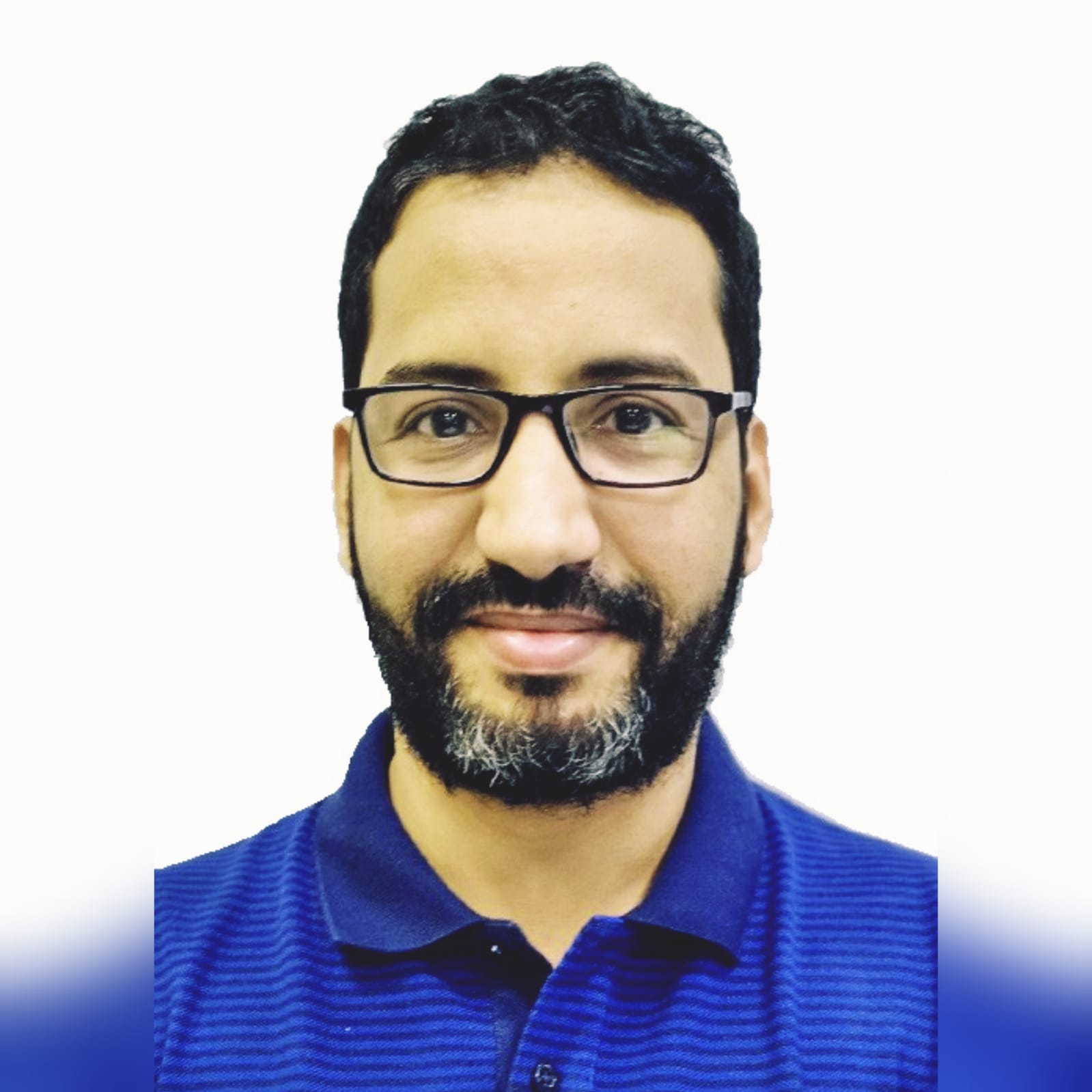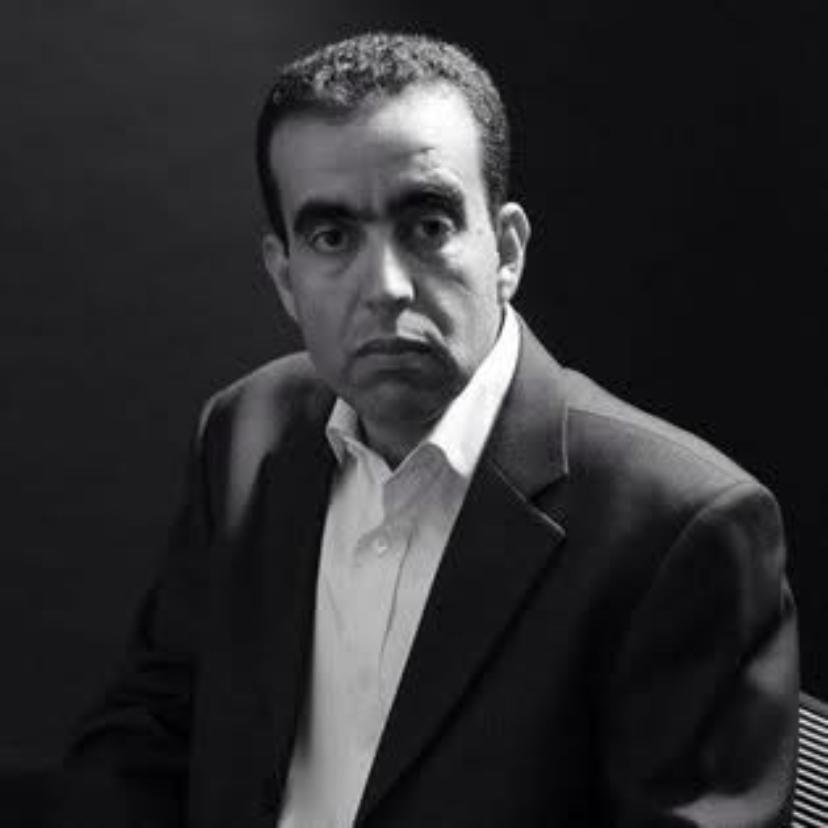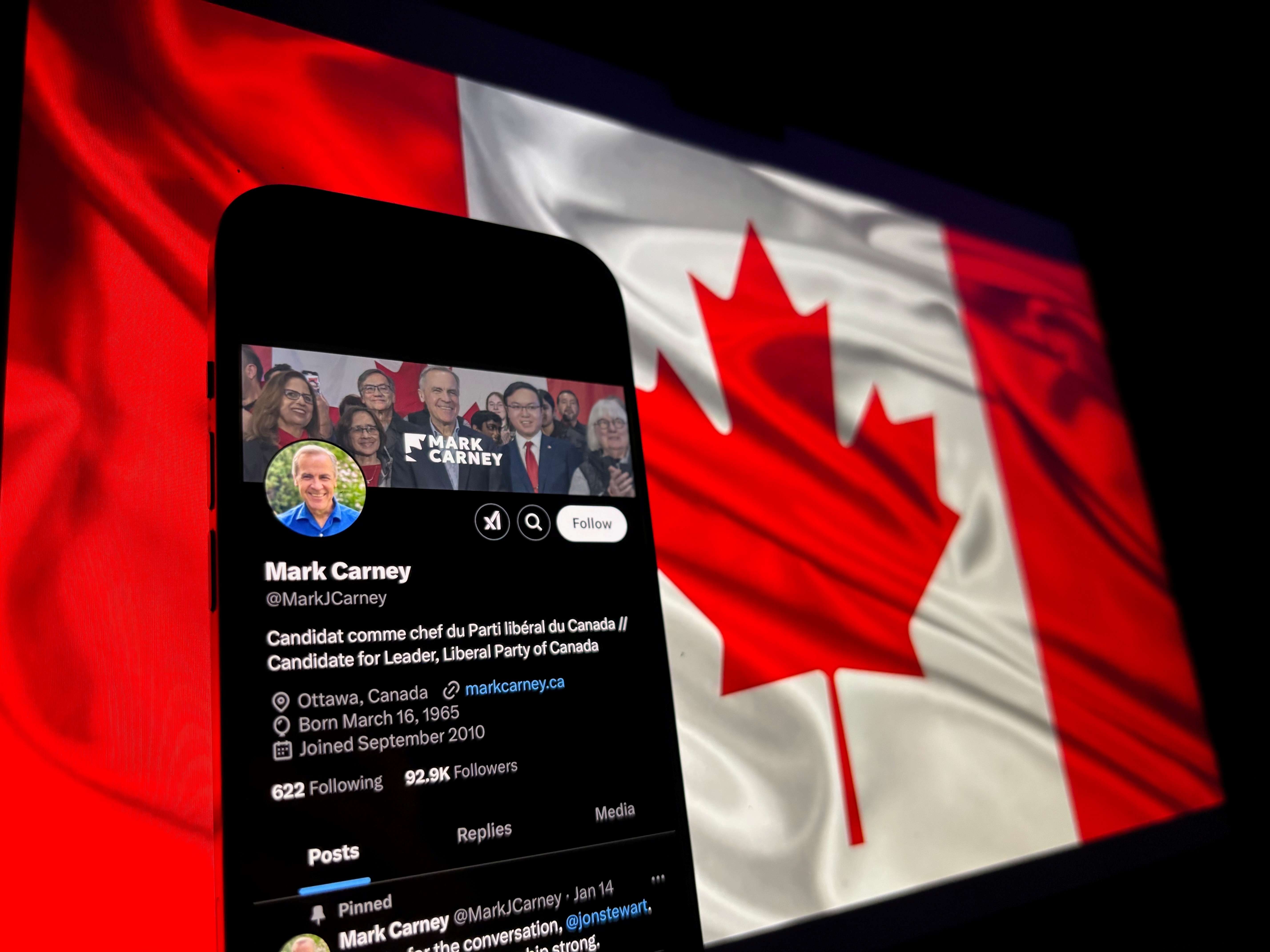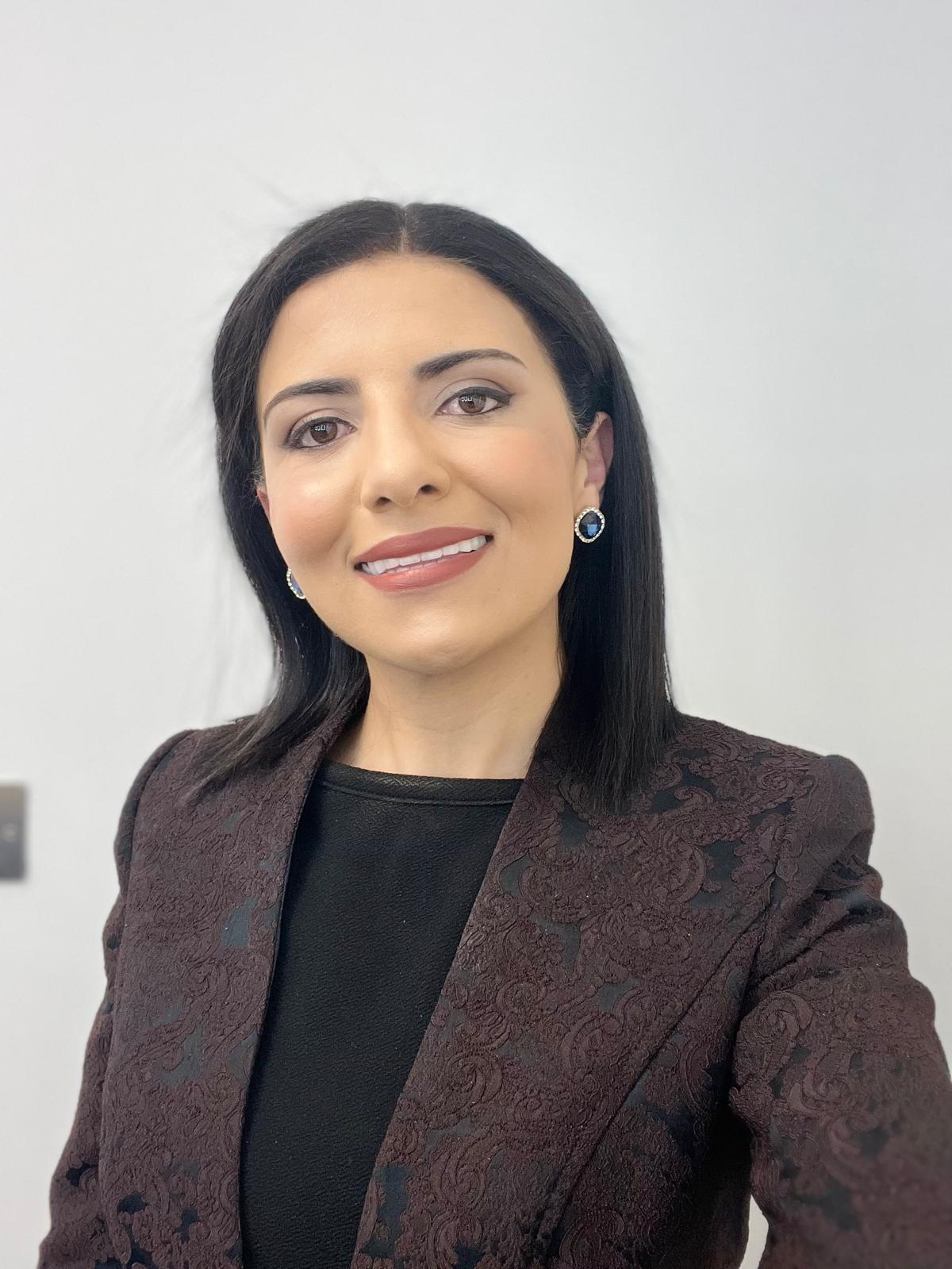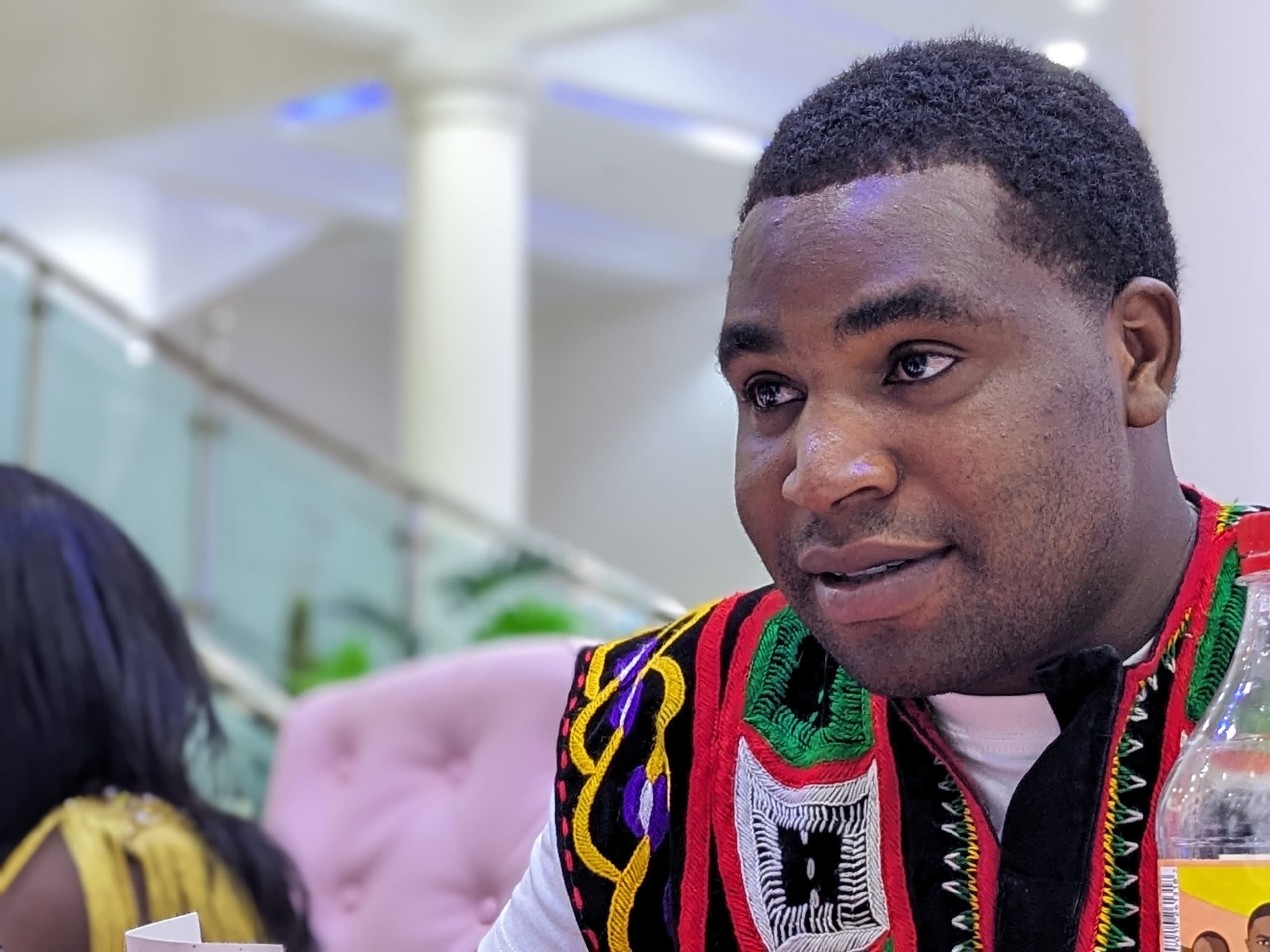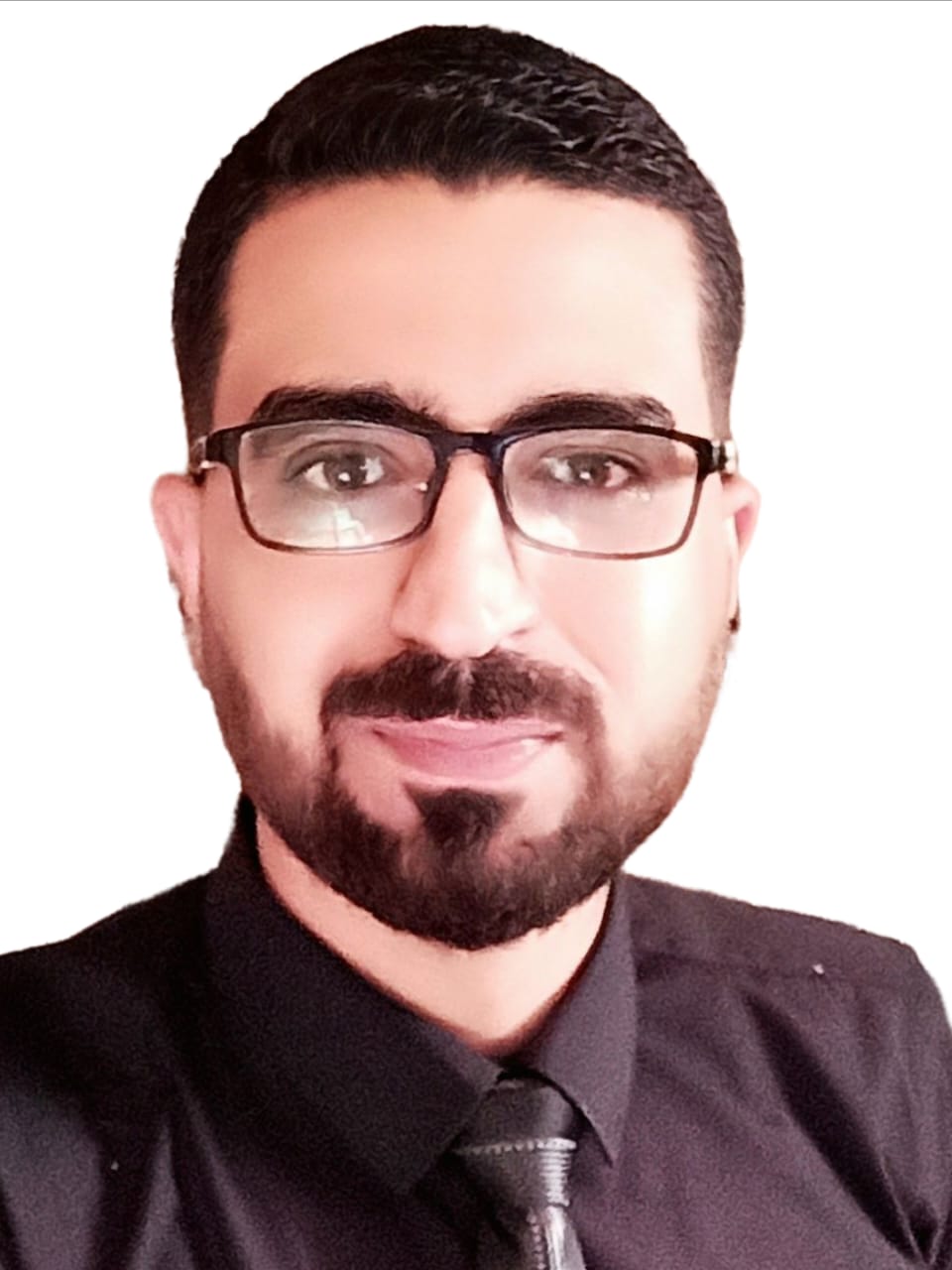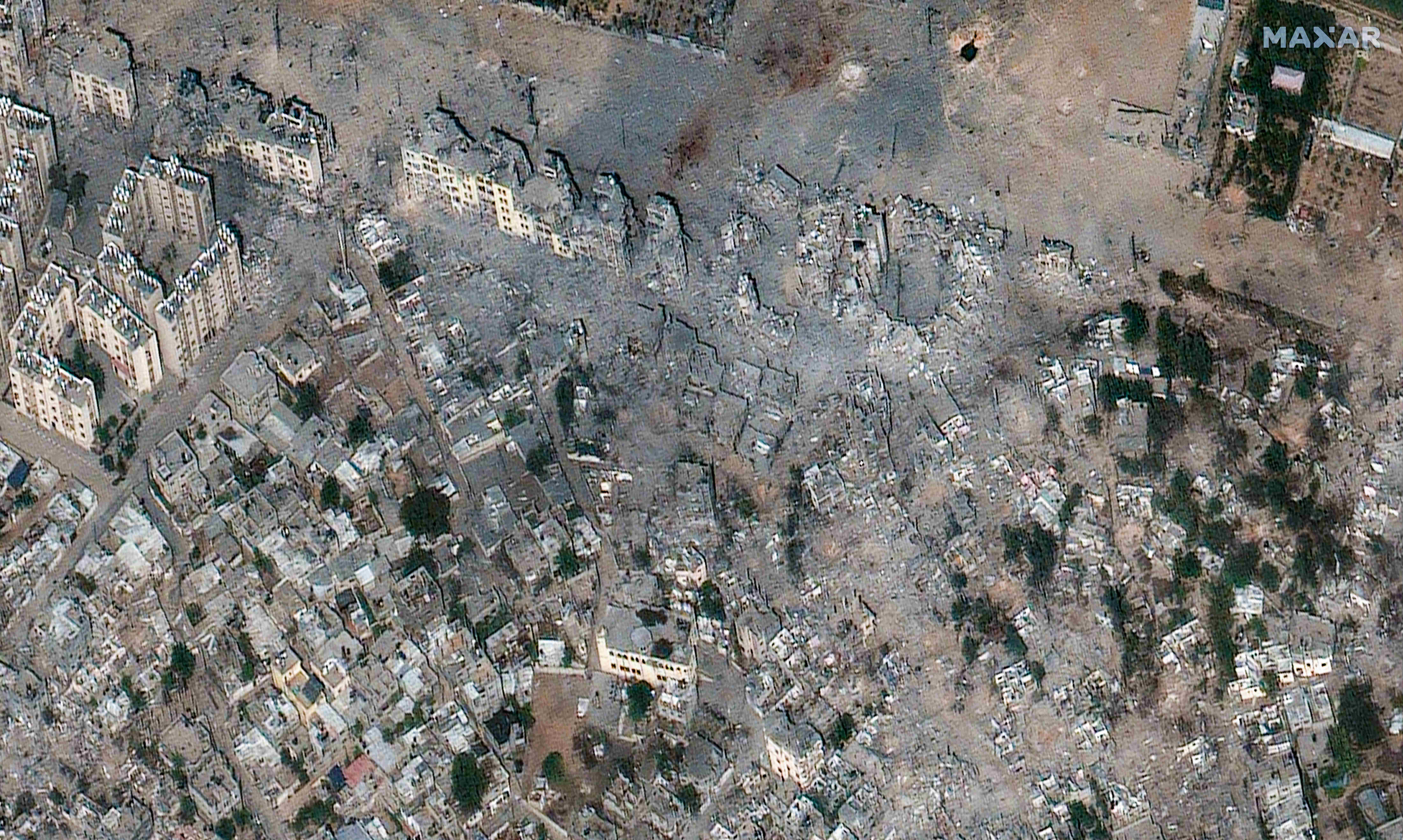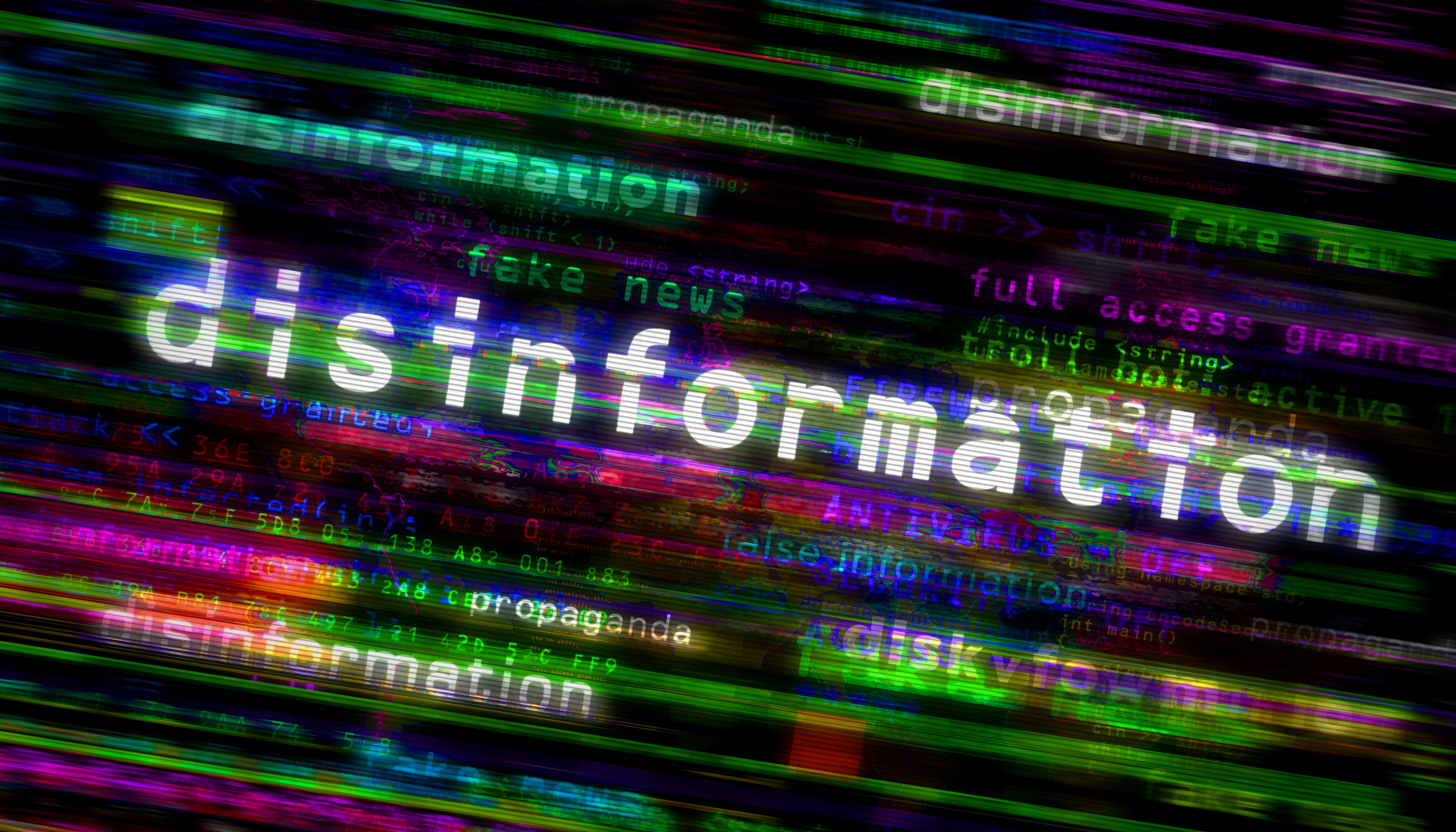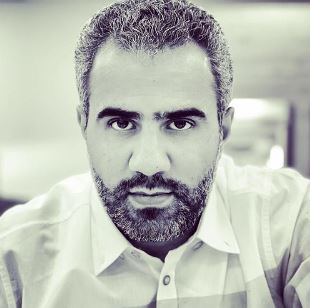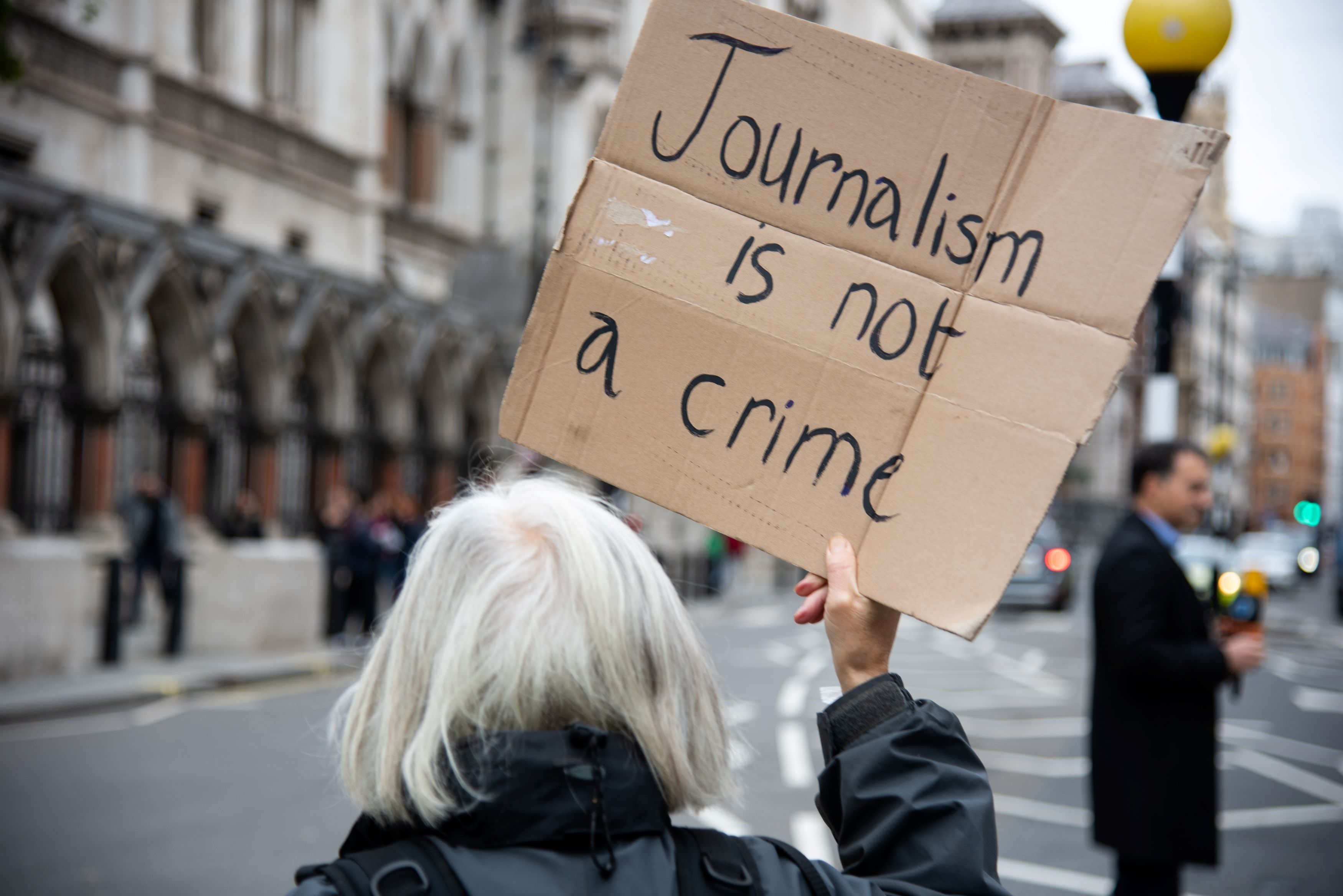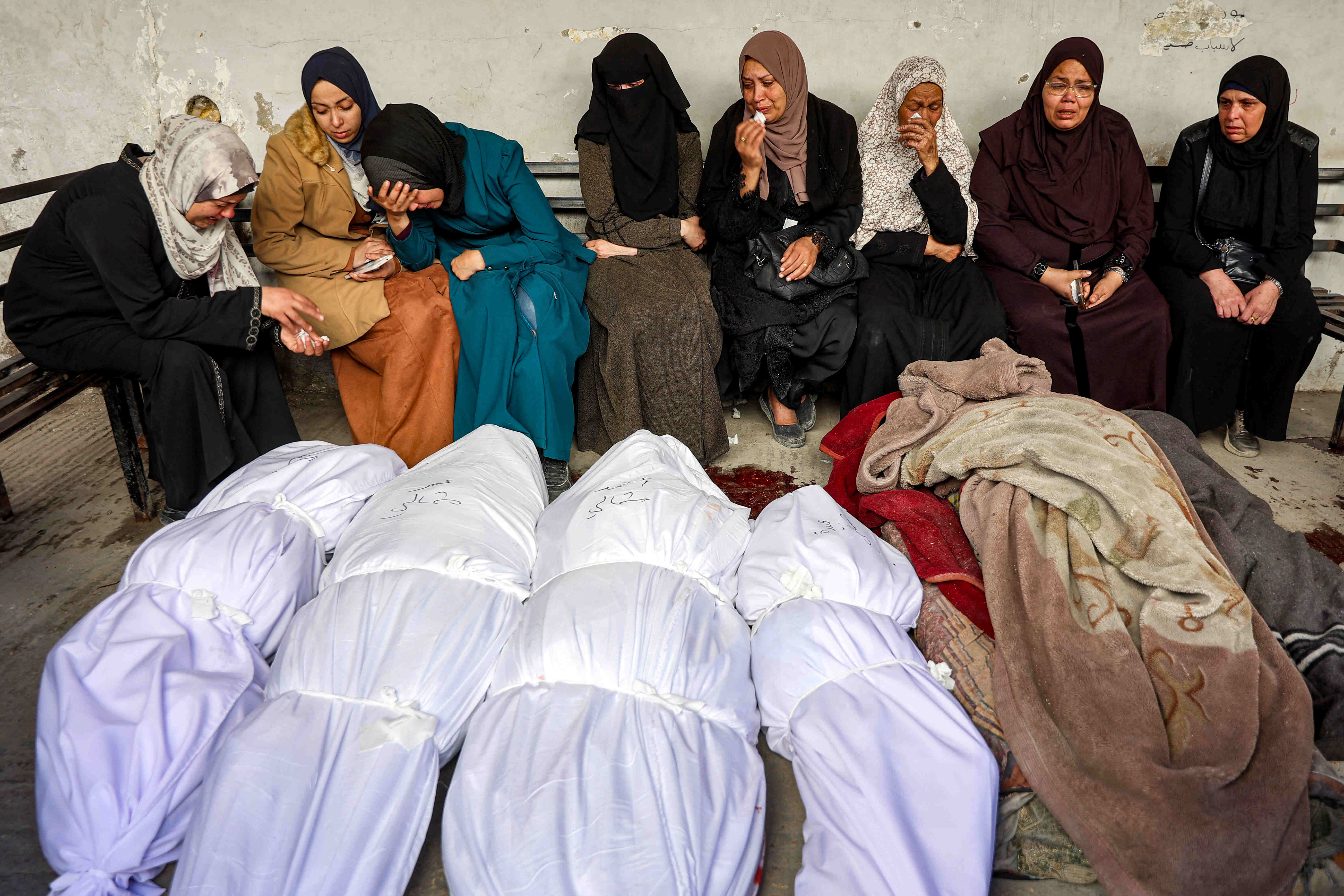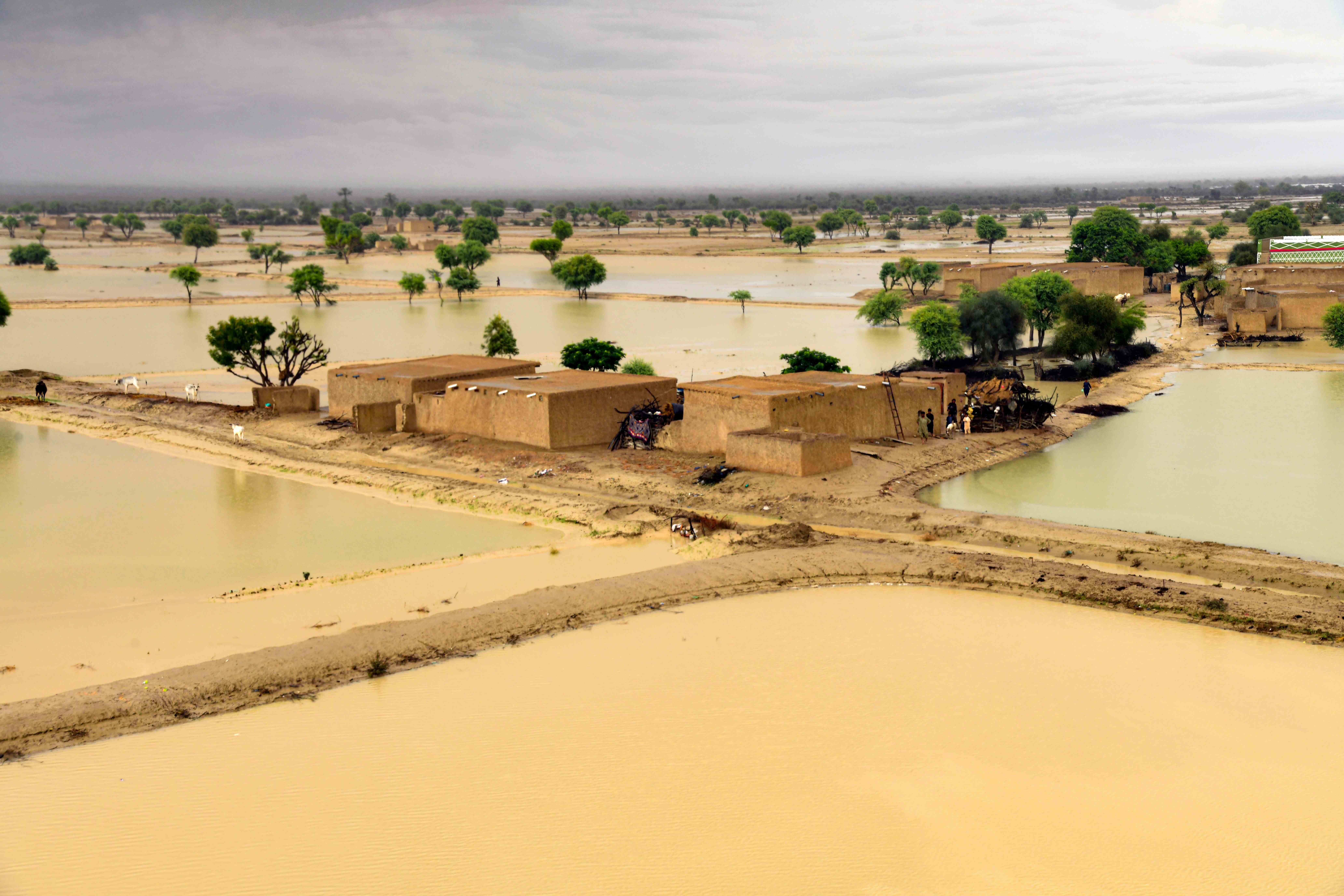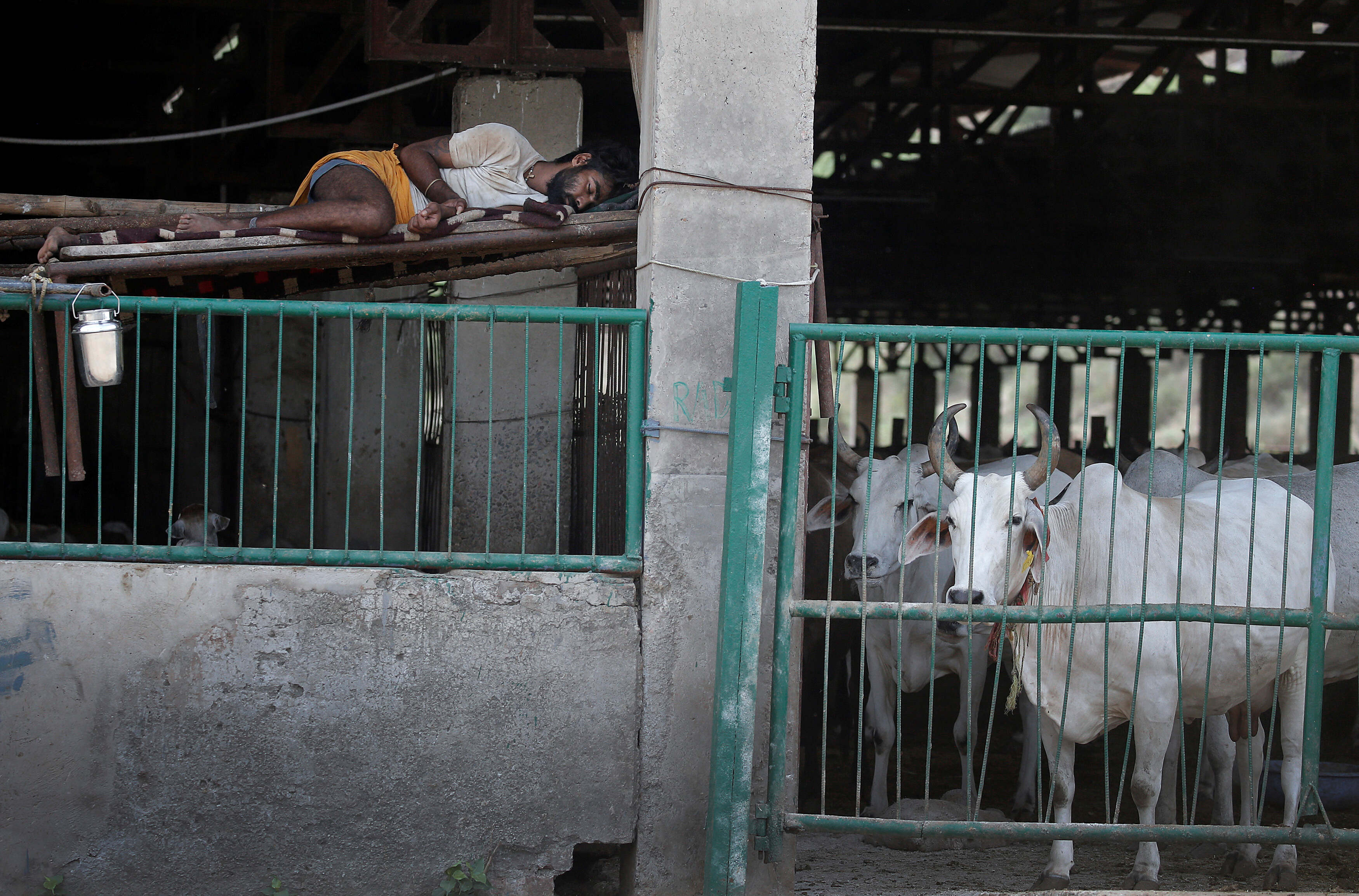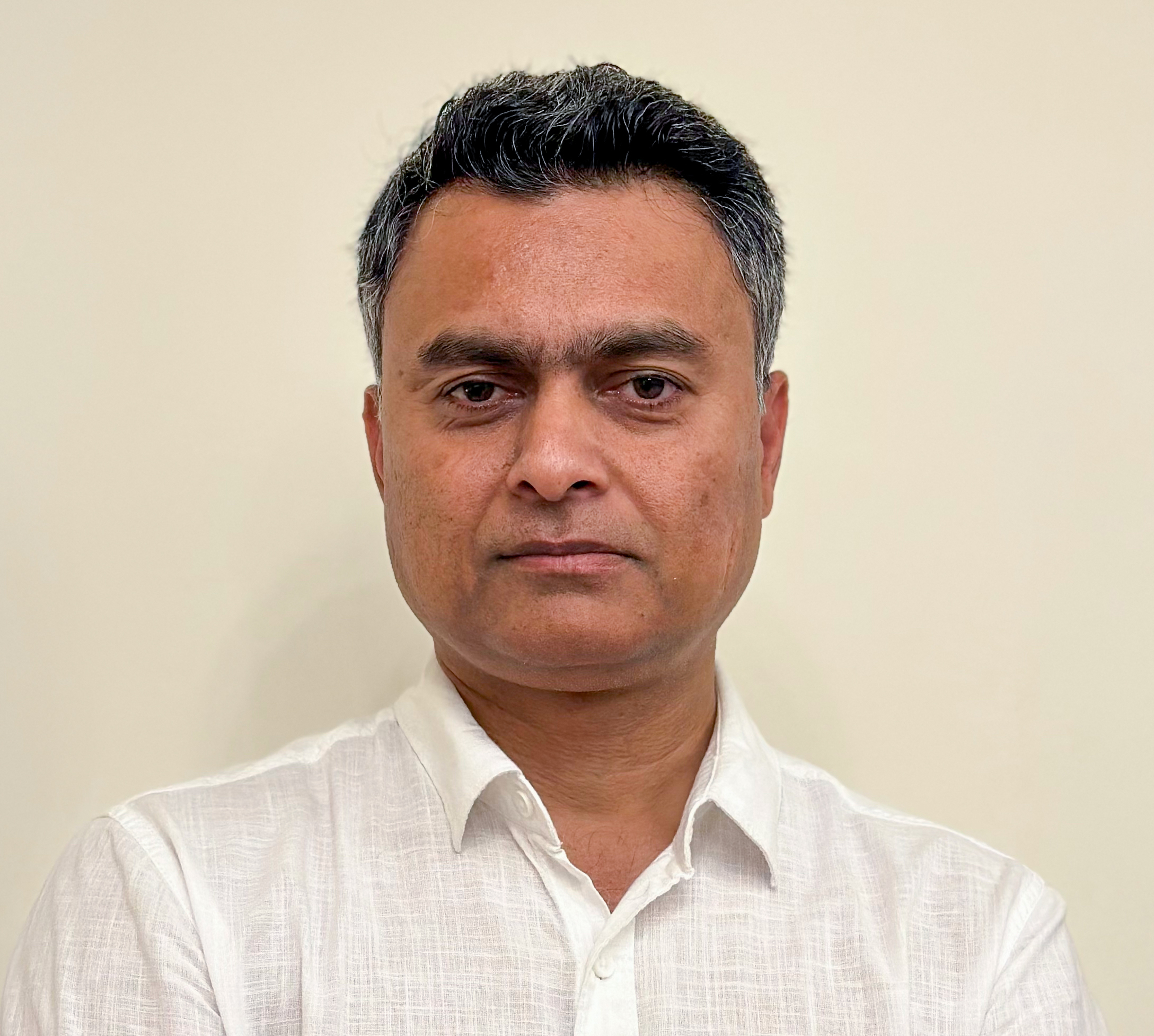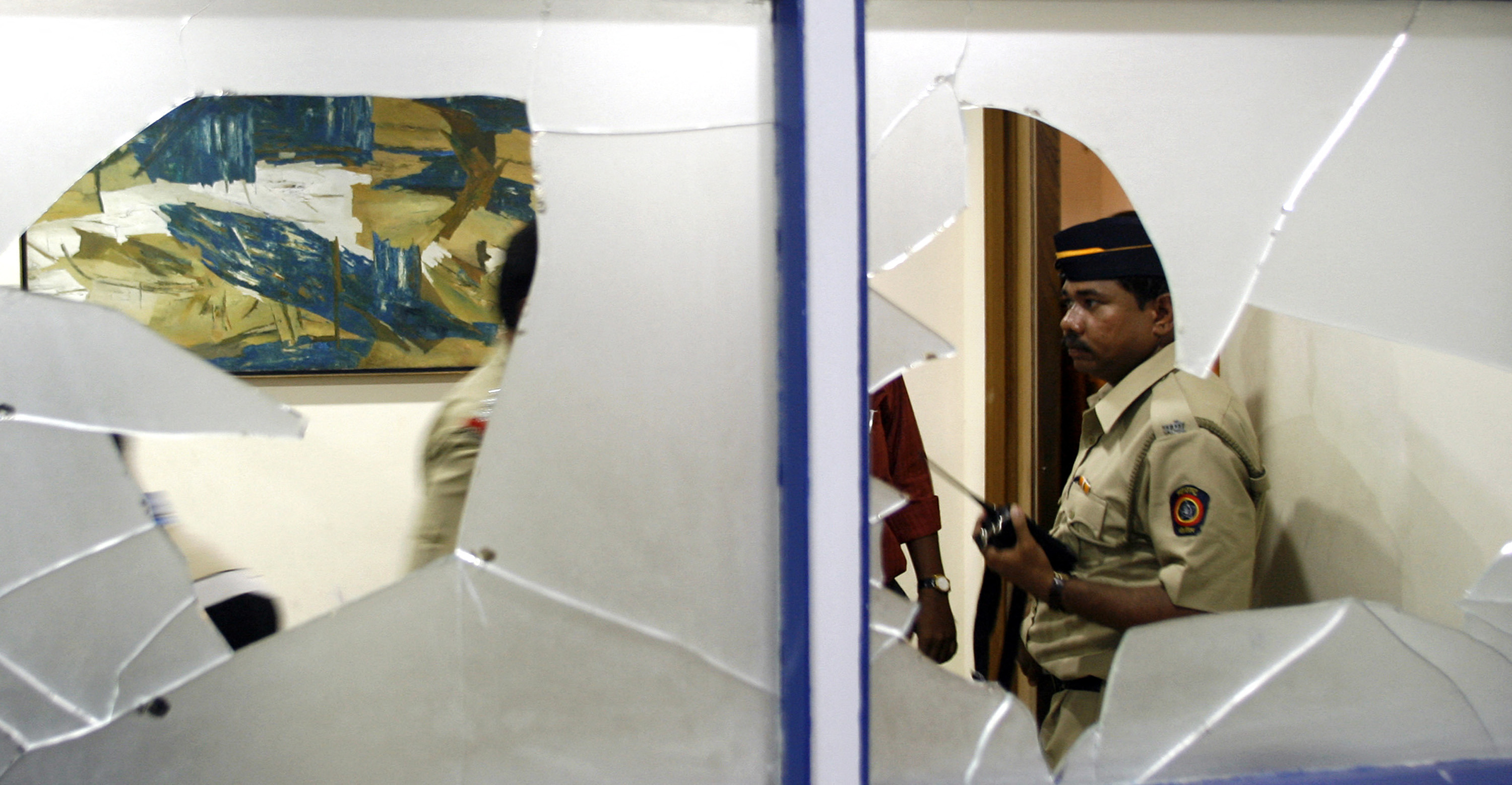تطرح قضية مستويات اللغة عدة إشكاليات للصحفي والكاتب الممارس وحتى الأديب، وذلك انطلاقاً من أن اللغة تعدّ المادة الخام لأي كتابة. في هذا المقال، سأتناول قضية استخدام اللغة الفصحى والعامية في الإعلام الجديد خصوصا، وذلك انطلاقا من تجربتي في هذا المجال وتفضيلي لبعض العبارات على أخرى كما سأبين لاحقا.
اللغة جزء لا يتجزأ من العملية الاتصالية التي تقوم في مفهومها البسيط على العناصر التالية:
المرسِل، والرسالة، والوسيلة، والمستقبِل. والرسالة الإعلامية وسيلتها اللغة، وهي تبادل المفاهيم أو الرموز وفكها بين المرسل والمستقبل. وقد قسم العرب قديما الكلام إلى أنواع هي:
أولا- النثر العادي، أي الخطاب بقصد التعبير البسيط بين المتحدثين دون اهتمام بالشكل أو الناحية الجمالية.
ثانيا- النثر العلمي، وهو وسيلةٌ لنقل المعارف والحقائق العلمية، ويكون التركيز فيه على المحتوى لا على الشكل.
ثالثا- النثر الفني، وهو أعلى مراتب النثر، حيث يستخدم اللغة لأقصى مداها التعبيري والتصويري، متجاوزا لغة الخطاب العادي ولغة العلم الجافة إلى لغة أدبية ذات أبعاد جمالية، باستخدام التنسيق والأخيلة والتنميق للتعبير عن ومضات النفس وخطرات الروح وخلجاتها.
ثم إن هناك نوعاً آخر حديثاً، هو النثر الصحفي، ويقع في المنتصف بين الأدب والخطاب العادي، فيأخذ من كليهما بطرف.
وقد ارتبطت الصحافة العربية منذ نشأتها بالأدب، فأغلب الصحف كانت أدبية، وكبار الأدباء من جيل النهضة وما بعده كالعقاد وطه حسين وشكري والمازني وغيرهم، كانوا يكتبون في الصحف. كما أن كثيرا من الكتب كانت مقالاتٍ في أعمدة الصحافة، ثم جُمعت لاحقاً في كتاب، مثل حديث الأربعاء لطه حسين، ومقالات شكري في المقتطف، ومقالات المازني، وغيرهم. ويكفي أن تعرف أن جريدة "الأهرام" بدأت صحيفة أدبية.
لكن هذا التمازج أو التزاوج بين الصحافة والأدب في طور نشأة الصحف خفّ مع الزمن، حيث تخصصت الصحف وظهرت الصحف الإخبارية والفنية وغيرها. كما اختلفت لغتها تبعا لذلك، فكلما ابتعدت الصحافة عن الأدب كانت لغتُها أسهل، لكنها أيضا ابتعدت عن الفصحى. ثم جاء الراديو والتلفزيون، فصارت أغلب المواد المُذاعة باللهجات المحلية، خصوصا الدراما والبرامج الحوارية، ولم يسلم من طغيان العامية إلا نشرات الأخبار.
وقد أدى هذا إلى نقاش طويل عريض بين الصحفيين والكتاب حول استخدام العامية وضرورة الموازنة بين ما يُكتب وما يفهمه الجمهور المستهدف، ولن نطيل بتتبع الآراء هنا. فالحاصل أن اللغة الفصحى انحسرت كثيراً في إعلامنا عموماً، بل كادت تختفي في الإعلام المحلي تماما.
ولن أطيل هنا أيضا في قصة نشأة العاميات أو اللهجات المحلية، ولا الفوارق بينها وبين اللغة الأم عبر التصحيف والإبدال والإدغام والنحت والقلب وغير ذلك، فهو موضوع مستقل وبحث طويل.
والمتتبع للعاميات، يجد بعض الأنماط الواضحة (vivid parallels) رغم الاختلافات في الكلمات والدلالات. ومن ذلك ما ذكره أحد المستشرقين عندما كتب أنه تعلّم اللغة العربية في إيطاليا، لكنه واجه مشكلة كبيرة عندما سافر إلى بعض الدول العربية، حيث يذكر أنه في بعض الدول، عندما يطلب شرابًا يُعطونه مشروبًا، وفي البعض الآخر يعطونه جوربًا.
ومع ظهور المنصات الرقمية على وسائل التواصل الاجتماعي، ظهرت ضرورة الاختصار والبساطة، وهو ما يتطلب تدريبًا كبيرًا للمنتجين على هذا الشكل المستحدث من الكتابة، حيث تتميز هذه القصص الخبرية -إضافة إلى السهولة والاختصار- بالتوجه إلى جمهور حديث السن وذي اهتمامات شبابية ورياضية وإنسانية، وهذا يضعنا أمام اختبار صعب للمواءمة بين ما يفهمه المتلقي الشاب من جيل الألفية وبين سلامة اللغة وسلاستها وسهولتها، مع الميل إلى الأسلوب الشبابي في الاختصارات مثلا والرموز واستخدام الوجوه التعبيرية.
وهنا، على المنصة أن تستخدم الفصحى السهلة المفهومة ولكن الصحيحة أيضا، في كل ما تنتجه مسموعًا أو مكتوبًا، أصليًّا أو مترجمًا عن لغات أخرى، وهذا لا خلاف عليه. لكن المتدخلين في القصص يتحدثون غالباً بلهجاتهم، وهم من شرائح مجتمعية ومستويات علمية واقتصادية مختلفة ومتباينة، ففي القصص الإنسانية مثلا، علينا أن نُجري مقابلة مع المريض أو ضحية العنف، ومع الطبيب أو المرافق كذلك، وكلهم سيتحدثون بالعامية، وكذلك شهود العيان والخبراء وغيرهم. هذه المداخلات والمقابلات لا نتحكم في لغتها، وهي ضرورية للقصة.
وللغة في هذه الوسائط خصائص أخرى غير الأسلوب الموجز والأنيق الجاذب، فينبغي انتقاء واختيار ألفاظ دقيقة وصحيحة لغويًّا. وسأضرب أمثلة مما أقدِّمُه وأفضّله شخصيا بين ما هو شائع في الاستخدام ويُتناول كمترادفات.
فكلمة "تواجد" لغويا تختلف عن "الوجود"، ورغم ذلك كثر استخدامها بهذا المعنى. وكلمة "الأهرامات"، لم لا نكتب "الأهرام"؟، والأمر نفسه مع كلمة "الضغوطات"، فلنكتب الضغوط وهكذا..
وعلينا أيضا أن ندقق في الفروق الدقيقة بين الكلمات، فمثلا نجد في الإعلام كلمات: محَجَّبة ومُحْتجِبة، ومتحَجِّبة.. وبالتمعّن، نجد أن كلمة "محجبة" تومئ إلى أن الأمر مفروض عليها، و"محتجبة" تومئ إلى معنى الخلوة أو الانعزال عن الناس، وكأنها تتخذ حاجبا على بابها، والأحسن عندي كلمة "متحجبة". وقس على ذلك كلمات تستخدم كمترادفات رغم اختلاف معانيها مثل: خاطئ ومخطئ، جاثٍ وجاثم، آهلة ومأهولة، عشواء وشعواء ...إلخ.
وسأتناول هنا تحديًّا ظهر مع هذا النوع من مقاطع الفيديو الرقمية، وهو هل نكتب العامية التي يتحدث بها مشاركون في الفيديو أم نترك الكلام غير مكتوب؟
ولأن طبيعة هذه المقاطع تعتمد على الكتابة على الصورة، فكان لزامًا علينا أن نكتب كل ما يُقال، على غرار المنصات الأجنبية، لكن تلك المنصات لا تواجه قضية العامية والفصحى كما هو الحال عندنا، فاقترح البعض أن يُترجَم ما يُقال بالعاميات إلى الفصحى، لأن هذه المنصات تتوجه إلى الناطقين بالعربية عموما، وربما لن يفهموا العاميات بمختلف أنواعها، ولكن هذا سيبعدنا عن الكلام المنطوق فيصير مثل ترجمتنا للمقاطع التي نستخدمها باللغات الأخرى.
وأمام هذا التحدي اللغوي الكبير في قضية اللهجات المتعددة واستخدامها من عدمه في الرسائل الإعلامية، علينا كمنتجين ومحررين لهذه القصص الإخبارية القصيرة التعامل مع المتدخلين بلهجاتهم المحلية من شرق الوطن العربي إلى غربه، فعقدنا بصفتنا صحفيين ومحررين، اجتماعات تحريرية وناقشنا الخيارات المتاحة، وخلاصةُ ما توصلنا إليه هو ضرورة كتابة هذه اللهجات، بدل أن نتركها مسموعة فقط، ولكن مع مراعاة الآتي:
-
التفكير بالمتلقي العربي في مختلف أقطاره وجهاته:
وهذا يعني أن نقرّب كتابة الكلمة إلى أصلها العربي قدر الإمكان، فمثلا إذا كان شخصٌ مصري يتحدث وقال "أؤول" نكتبها باعتبار الأصل وهو انقلاب القاف همزة في النطق، فنكتبها "أقول"، وهكذا إذا قلب الذال زايًا أو غير ذلك.
وكذلك لو قال المتحدث "هوم بيتحملو هاظ" نكتبها "هم يتحملوا هذا"، ولو قال "أنا أعرفو" فنكتبها بهاء باعتبار الأصل أيضاً "أعرفه"، فلاحظ أن فعلَيْ "يتحملو" و"أعرفو" كلاهما مكتوب في العامية بواو، بينما الأصل مختلف كما ترى. -
الاستغناء عن اللواحق والزوائد في بعض اللهجات:
مثلا في المغرب، هناك زيادة الغين في بداية الأفعال "غَنْدير" وكذلك الكاف "كَنْقول"، وفي المشرق "حَنِعمل" وأحيانا تُكتب "هَنِعمل" و"بْنِعمل"، هذه اللواحق يمكن أن تُربك من يقرؤها مكتوبة، لذلك نحذفها لتسهيل فهمها على بقية المتابعين من دول عربية أخرى. -
الكلمات التي من لغات أخرى كالفرنسية في المغرب العربي مثلا والإنجليزية في المشرق، نترجمها إلى اللغة العربية الفصحى فقط، ولا نكتبها بلغتها ولا بالحروف العربية طبعا.
-
مراعاة قواعد الفصحى حتى في اللهجات:
فبدل أن نكتب "بيؤولو" كما أسلفنا، نُرجع الهمزة إلى أصلها القاف، ونحذف اللاحقة الباء، ثم نراعي القاعدة في كتابة ألف الجماعة فتتحول من "بيؤولو" إلى "يقولوا".. فأغلب أهل المغرب لن يفهموا الكتابة الأولى، بينما الكتابة الثانية أصبحت مفهومة رغم النطق المختلف للمتحدث باللهجة. وكذلك لو كتبنا عن شخص مغربي يقول "كَنَحْكيوْ" فنزيل اللواحق الكاف والواو فتصير "نحكي".. ولو أن شخصاً من موريتانيا قال في تسجيل "اشطاري"، فنكتبها باعتبار الأصل "إيش طارئ"، فإذا قرأها أحد من المشارقة مثلا فسيفهمها عكس الكتابة الأولى.
هذه نماذج مما يمر علينا في بعض القصص التي يتحدث فيها متحدثون باللهجات العربية المختلفة.
ومن أهداف هذا المسعى أيضًا الحفاظ على رابطة اللغة التي تربط المتلقين في جميع أنحاء الوطن العربي، فيتم ربطهم باللغة الأم الفصحى، فضلا عن تسهيل التواصل بينهم.
نصائح:
-
استخدم الفصحى السهلة المفهومة ولكن الصحيحة أيضاً.
-
انتقِ ألفاظاً دقيقة وصحيحة لغويًّا أثناء الكتابة.
صورة المقال: بيتر ماكديارميد - غيتي

